The dragon is an unreal animal but a real spiritual product, existing in cultures throughout history, becoming a cultural symbol with different meanings. The image of the Vietnamese dragon is present in all aspects of social life, from architecture, costumes, applied arts to festival activities.
Dragon from Ly to Nguyen dynasties
First, appearing on display is a group of ceramic artifacts ordered from the Nguyen Dynasty in the form of bowls, plates, vases, pots... representing the reigns of the two kings Minh Mang and Thieu Tri. The dragon image is diversely expressed in the themes of fish and dragons playing in the water symbolizing luck, advancement and promotingeducation and valuing talents to govern the country, in which the dragon symbolizes the king, the fish symbolizes the talents who passed the exams; the themes of two dragons facing the sun, dragon and phoenix, dragon and cloud with the meaning of luck, development...
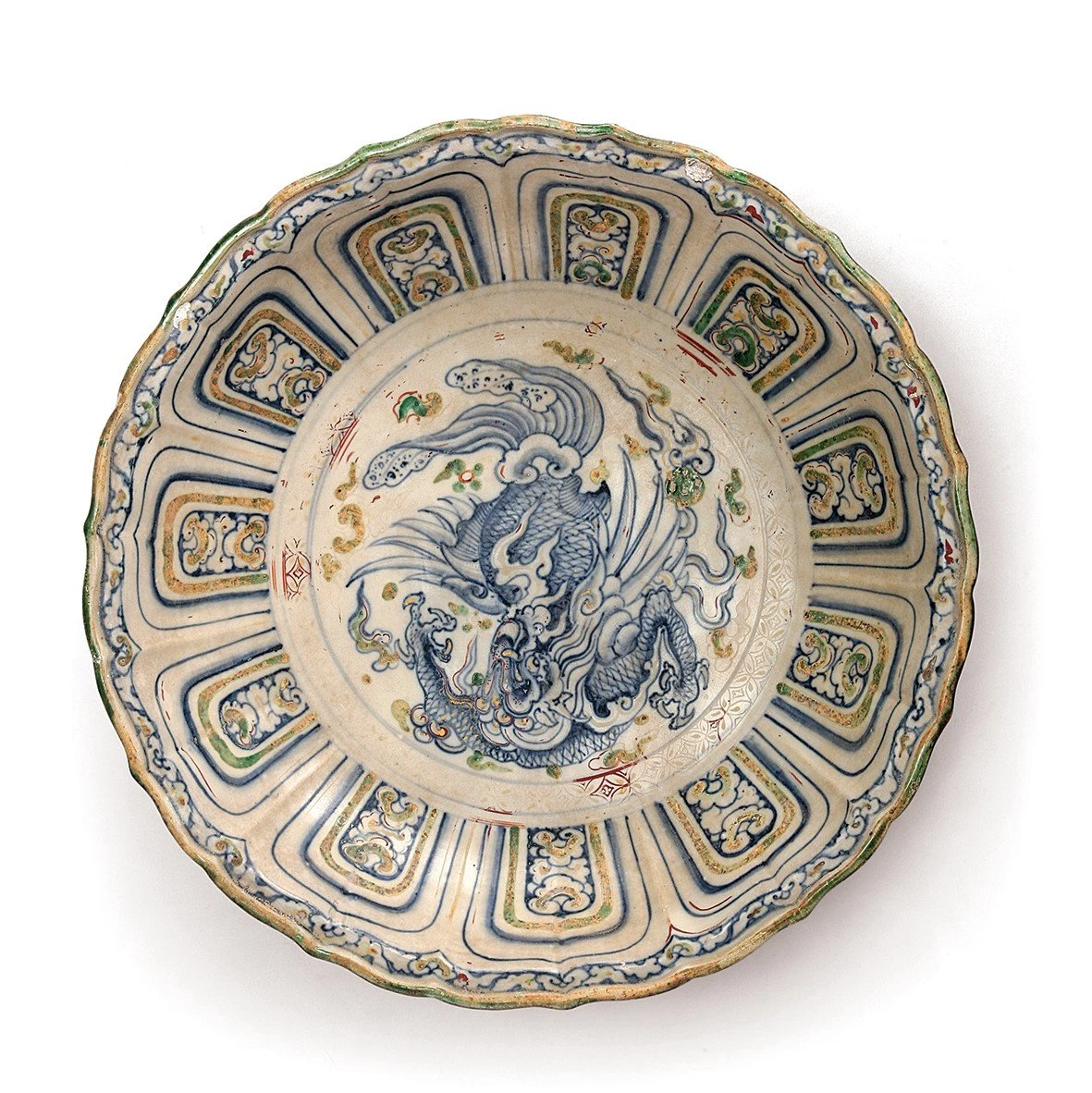
Fish transforming into dragon plate - Chu Dau pottery, 15th century
The group of ceramic artifacts ordered during the Le - Trinh period with familiar titles such as Khanh Xuan Thi Ta, Khanh Xuan Thi Huu, Noi Phu..., the dragon is depicted with the themes Long Van Khanh Tho, Long Ham Tho , with the meaning of wishing longevity and longevity.
In particular, the dragons on the dragon robe are embroidered with 9 dragons interspersed with clouds in the form of "long van dai hoi", in which the 2 dragons on the front and back are in the form of phi long (flying dragons) with the dragon faces looking straight on embroidered with shiny thread and large gold thread. In addition, the images of the 9 dragons are all 5-clawed dragons, symbolizing the absolute power of the "cuu ngu chi ton" position.
The exhibition also includes a group of social management contents, the four treasures of the office including seals, investiture books or also known as golden books, hats and jewelry such as gold bells, gold pendants, and dragon-shaped decorative bonuses. The Nguyen Dynasty's golden books are a special type of ancient book, often made of gold, silver or gold-plated silver to record the king's decrees and edicts on political affairs and court ceremonies. One of the artifacts is the investiture book of King Tu Duc for Phu Binh Cong, also known as Nguyen Phuc Mien Ao, with the theme of Long van son thuy carved on the outside.
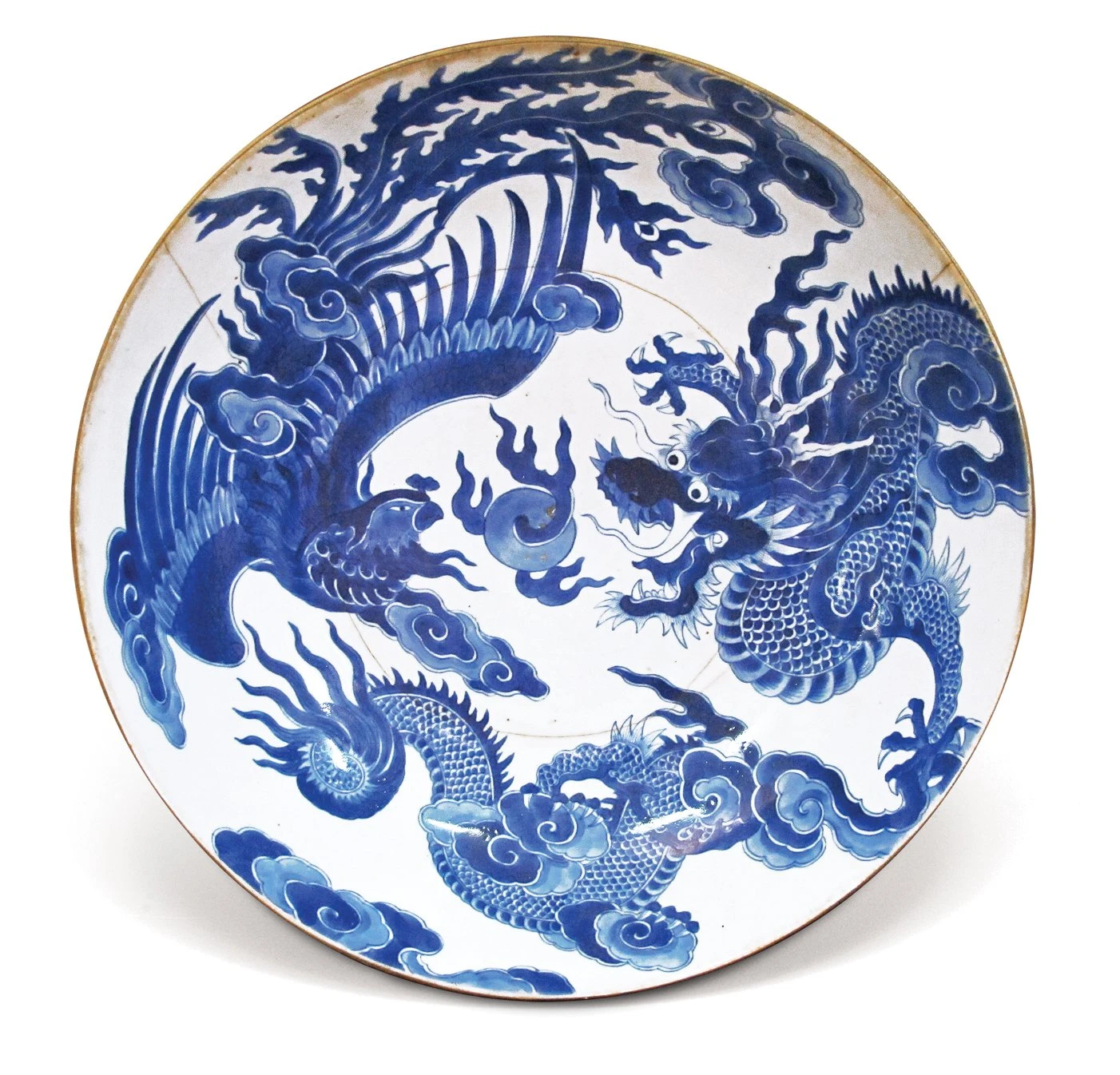
Dragon and Phoenix plate, inscribed with the title of the Royal Court, 18th century
K STRONG NATIONAL SINGING
The highlight of this exhibition is the Chu Dau ceramic plate of Carp transforming into a dragon and Dragon horse - representing the Vietnamese people's desire to rise up and conquer difficulties in life. The story of the carp transforming into a dragon means that to become a dragon, the carp must overcome challenges with resilience. In addition to that meaning, the carp transforming into a dragon also means success and luck in exams. The theme of Dragon horse combines dragon and horse. Dragons often live in the sky, sometimes hidden, sometimes appearing in the clouds, ruling over the sky and sea. Meanwhile, horses are ordinary animals, running fast on the ground. Therefore, the dragon horse - horse transforming into a dragon is an animal that carries within itself the complete combination of yin - yang, space - time, the running dragon horse is a symbol of the universe in motion, and at the same time symbolizes a saint.
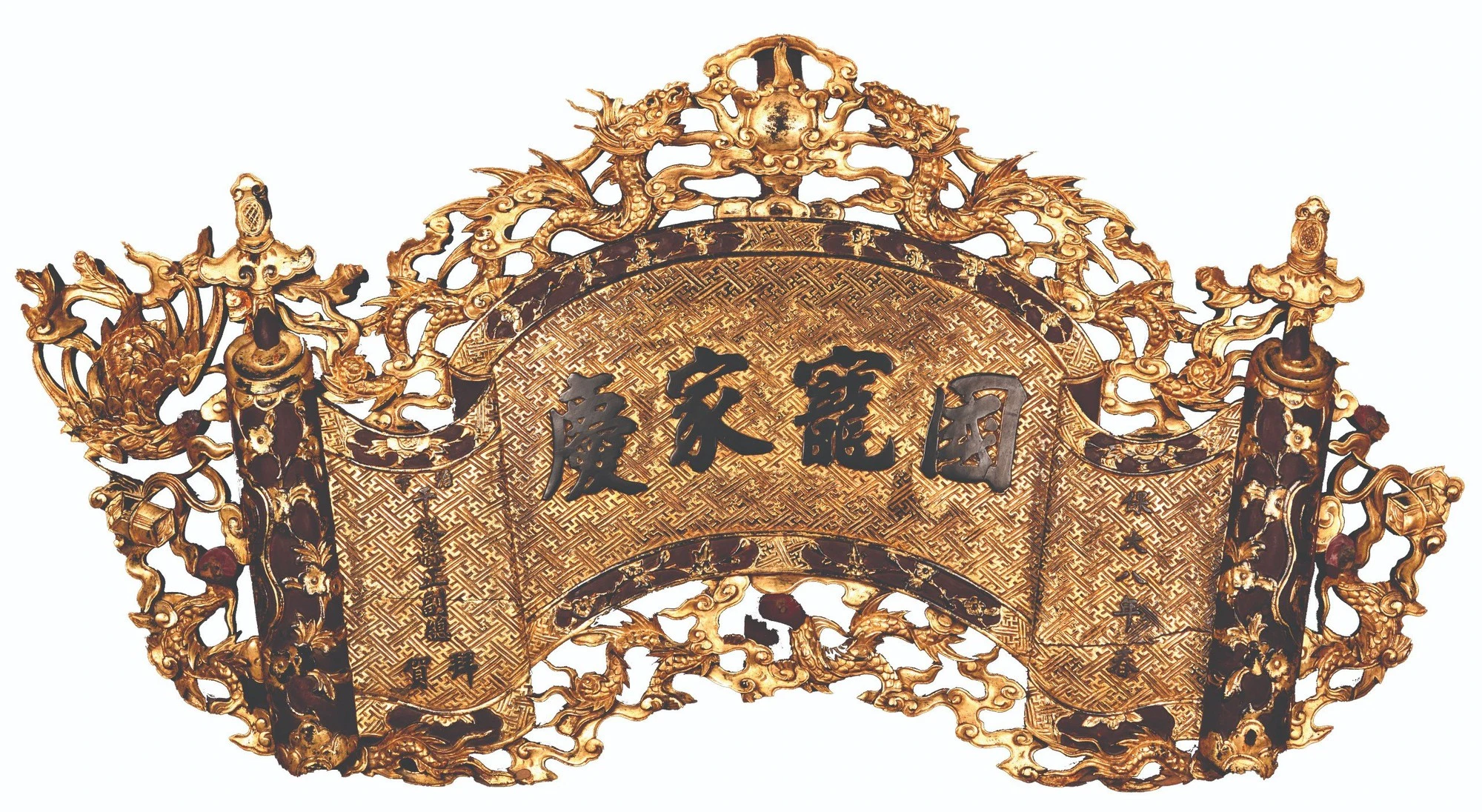
National Glory , Happy Home, gilded wood, 1933
In the royal court, dragons are decorated on the king's costumes, royal utensils, gifts or decorations in the palace with the meaning of affirming the strength and absolute power of the head of the country. The image of the dragon is strictly regulated in the arrangement, layout and theme of expression, in which the 5-clawed dragon is the symbol of royalty and kings. The 4-clawed and 3-clawed dragon images are distributed according to the rank of the mandarin.
Dragon artifacts in religious beliefs include metal incense burners and Tho Ha and Bat Trang ceramics with themes of Two dragons worshipping the sun, Long Ham Tho, Long Van to convey wishes for favorable weather, national peace and prosperity. Dragon transformation themes are also used in types of artifacts such as bamboo lamp stands transforming into dragons, lotus transforming into dragons, with high realism, expressing solemnity but at the same time expressing familiarity. On the altars, the image of a dragon is depicted majestically winding in the clouds, expressing the role of power in protecting and sheltering people in life.
The exhibition runs from December 25, 2023 to March 31, 2024.
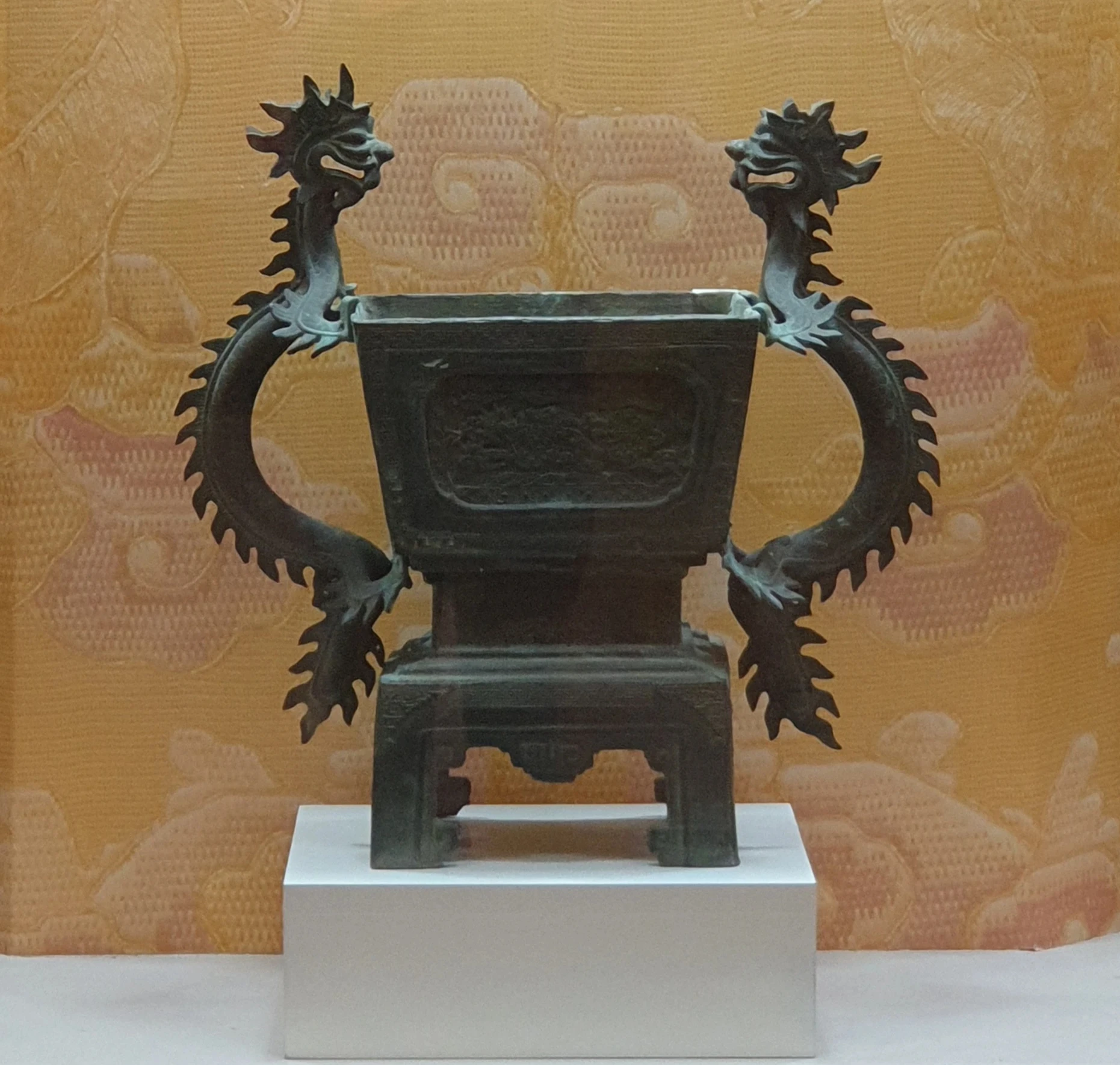
Incense burner - 19th century
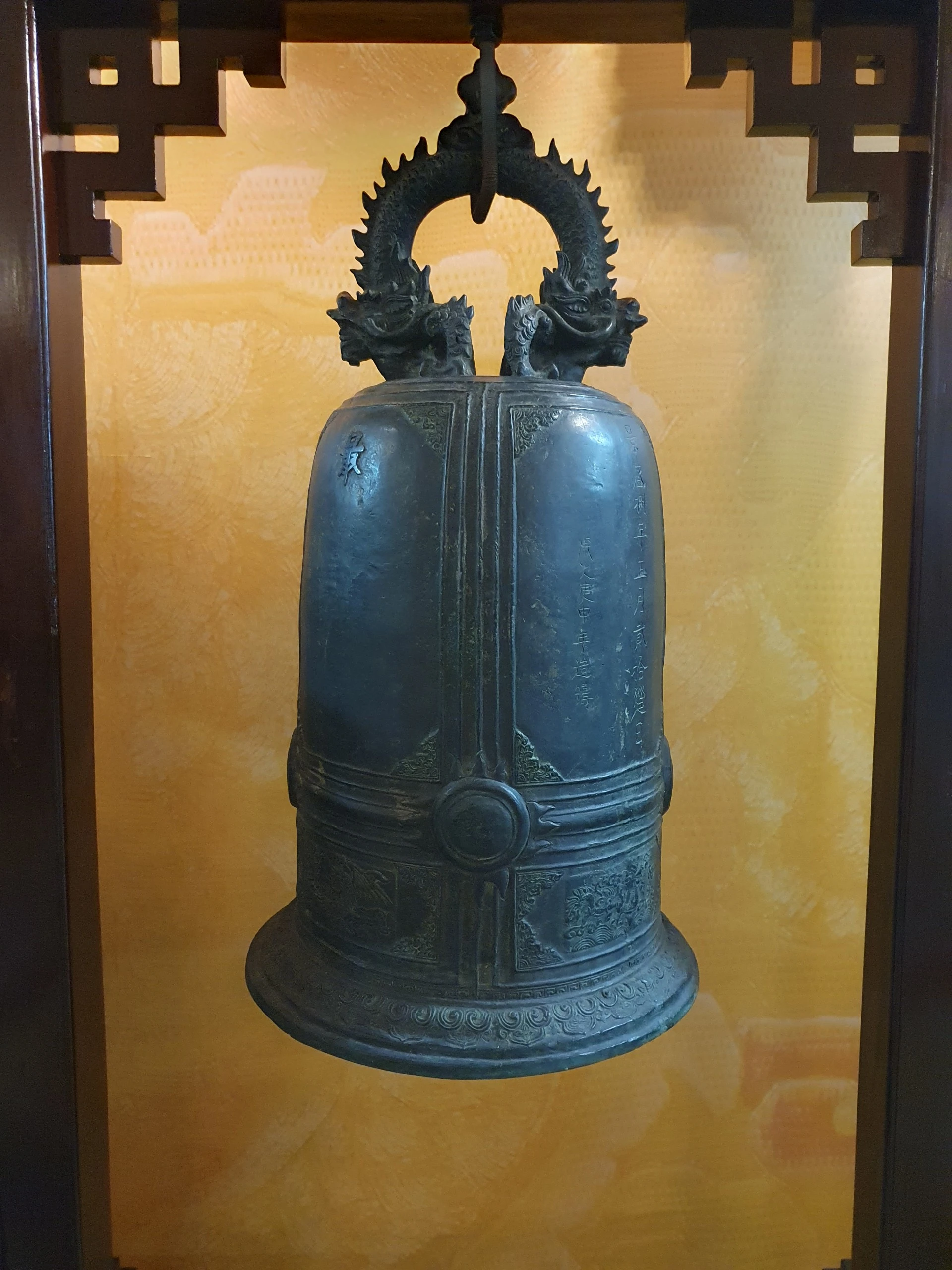
Bell - 8th year of Canh Thinh (1800)
In the East, the dragon is associated with the history of development, a symbol of national origin, royalty, supernatural power, luck, and prosperity. In Vietnam, through stages of development, the dragon has become a cross-cultural symbol, a symbol of Vietnam in connection with the region and the world towards the future of development and integration, and also a symbol of victory over all circumstances and rising to the position of the country. That is what the organizer wants to convey to the public in this large-scale exhibition.
Dr. Hoang Anh Tuan , Director of Ho Chi Minh City Museum of History
Source link


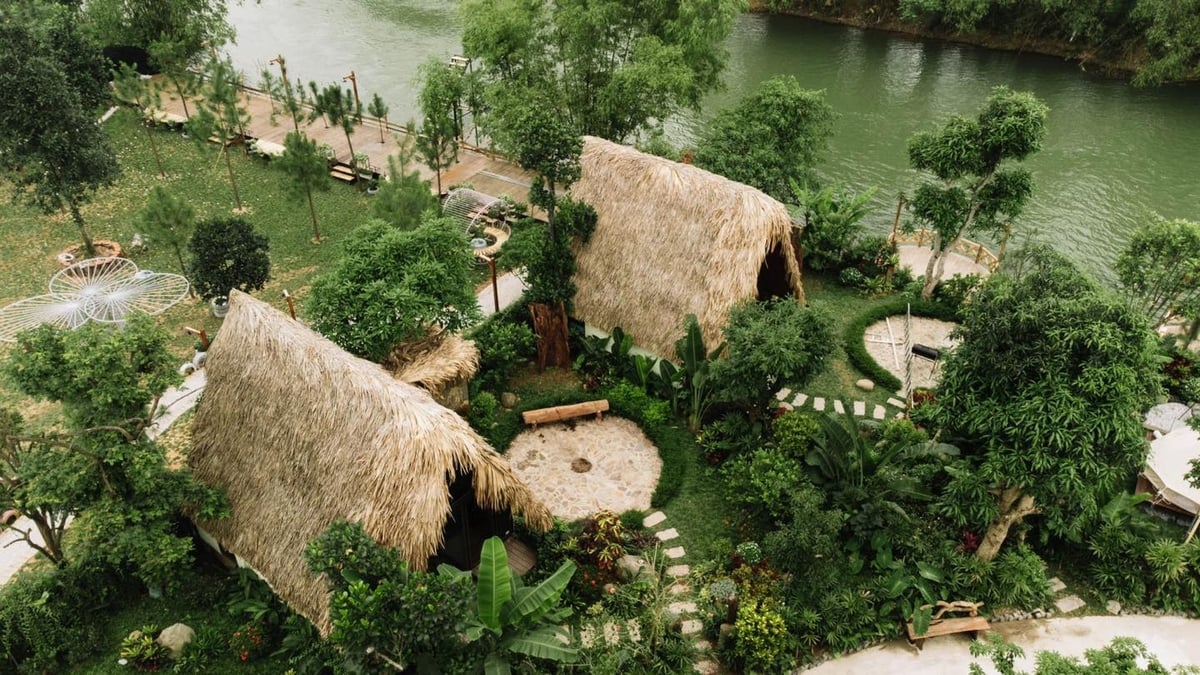


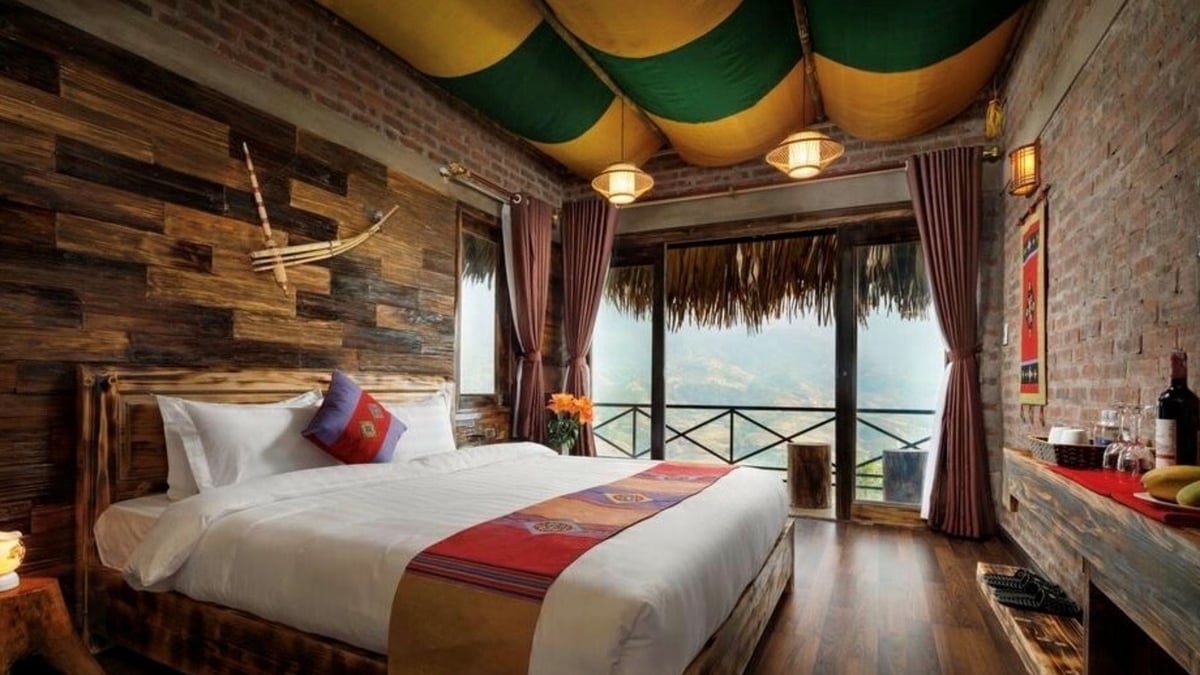
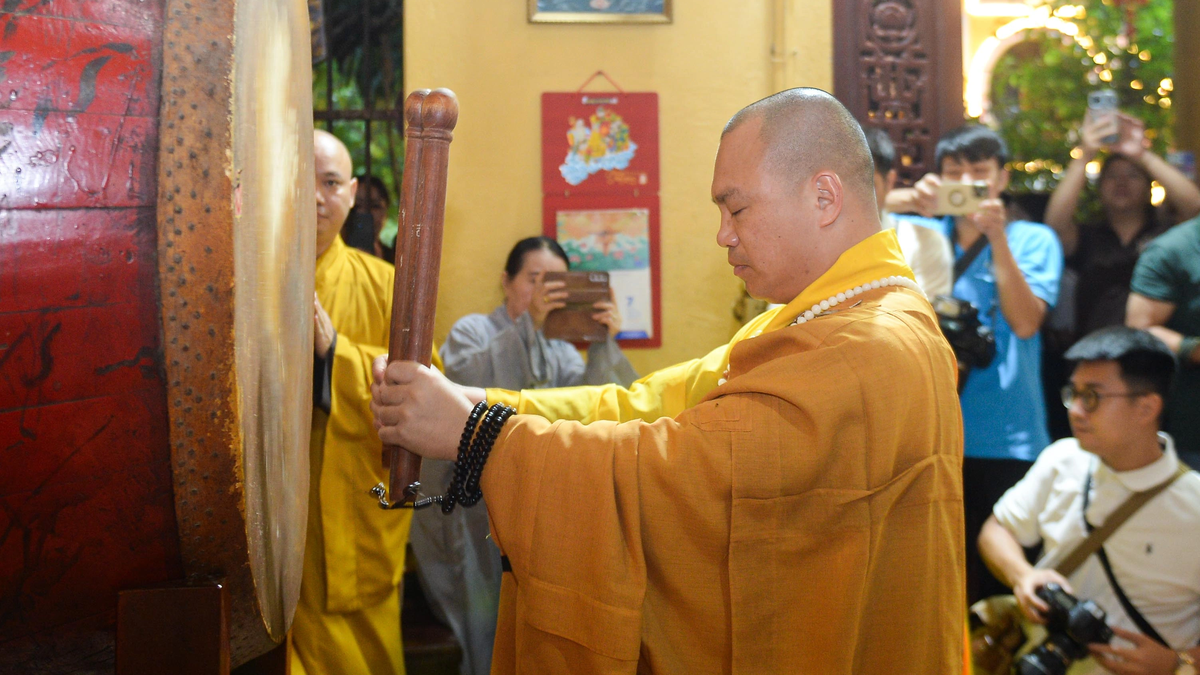
![[Photo] Standing member of the Secretariat Tran Cam Tu chaired a meeting with Party committees, offices, Party committees, agencies and Central organizations.](https://vphoto.vietnam.vn/thumb/1200x675/vietnam/resource/IMAGE/2025/7/1/b8922706fa384bbdadd4513b68879951)
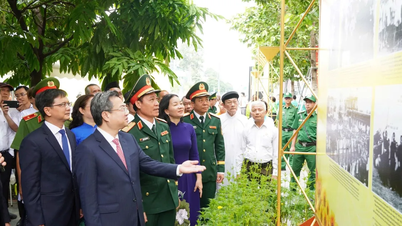

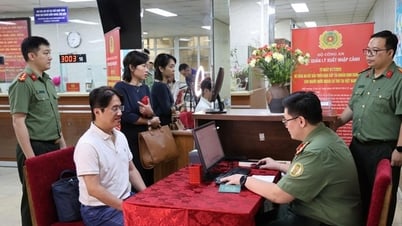

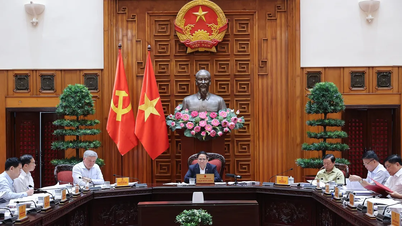


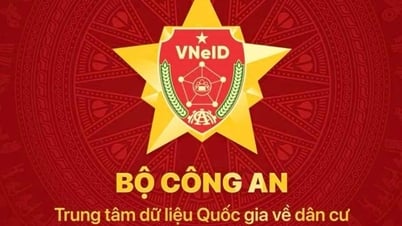
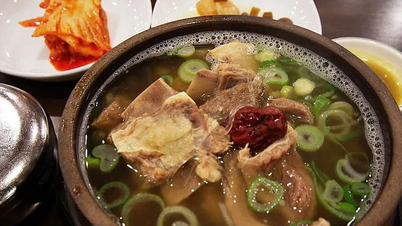





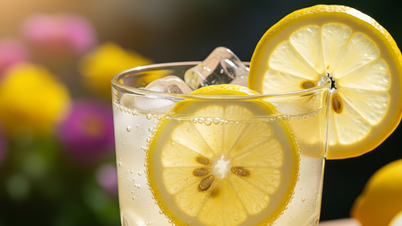

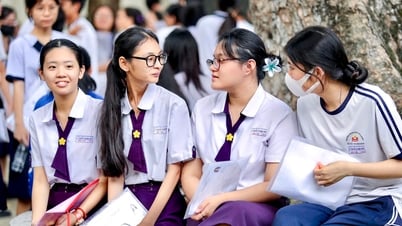
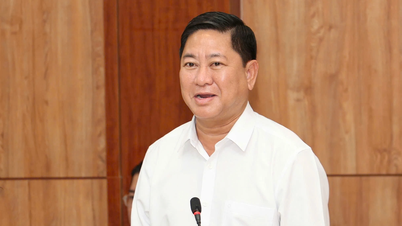
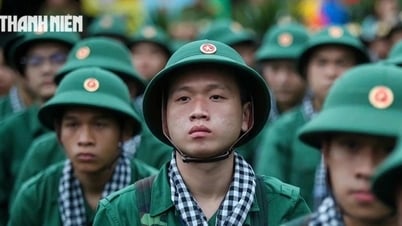
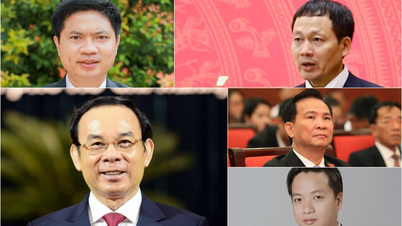
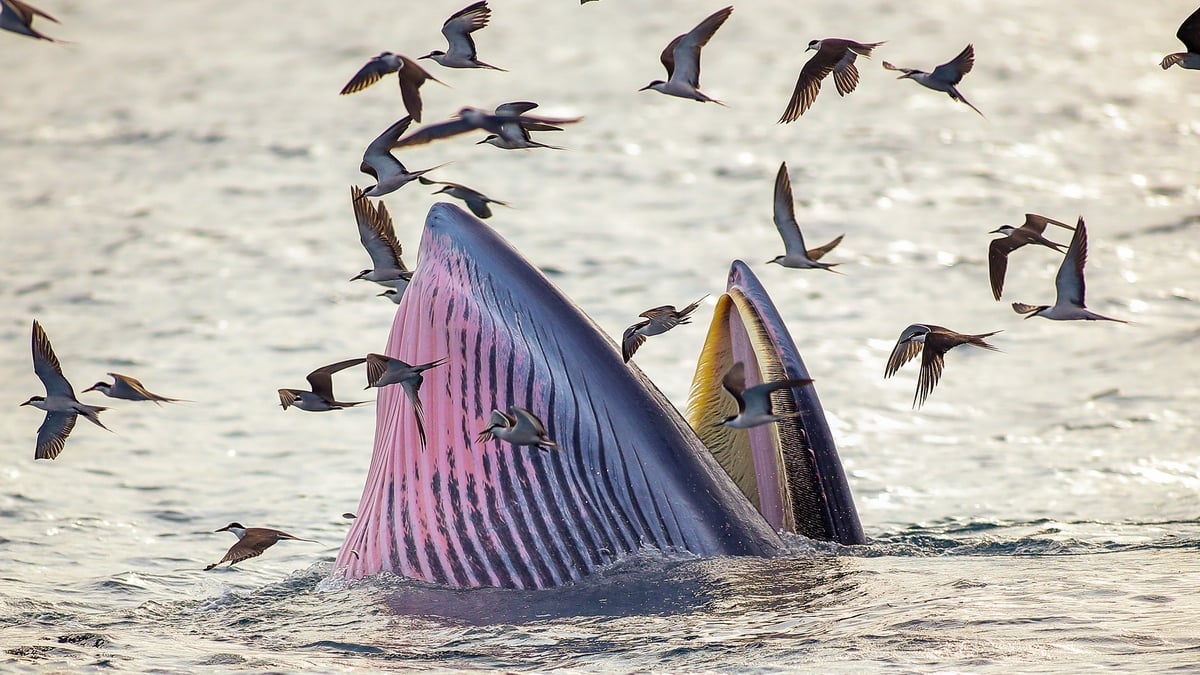
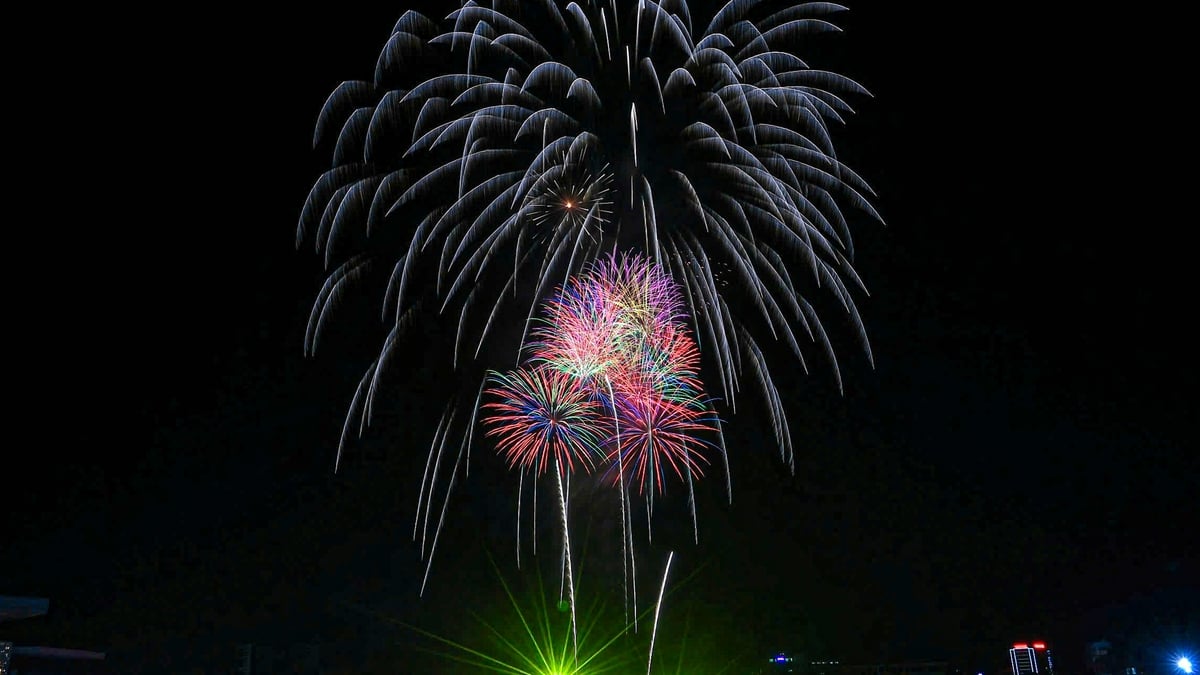
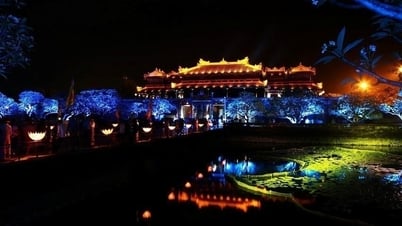

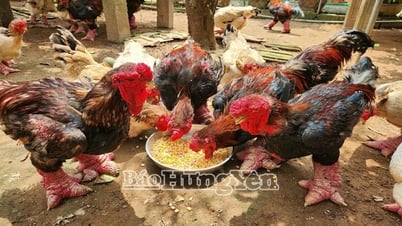

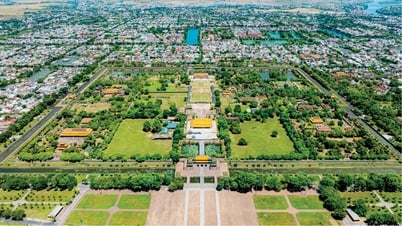

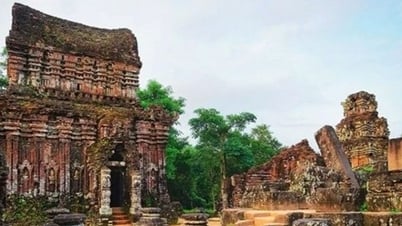

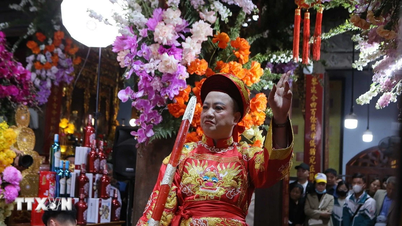
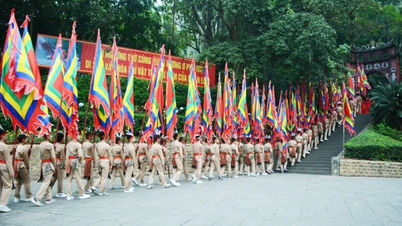

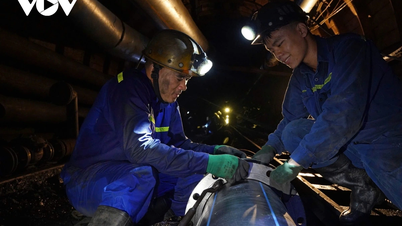


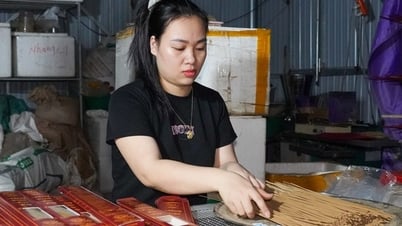



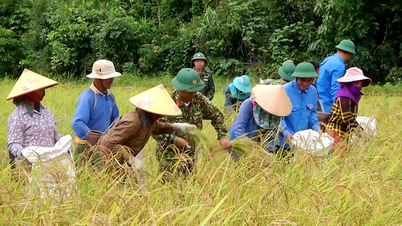

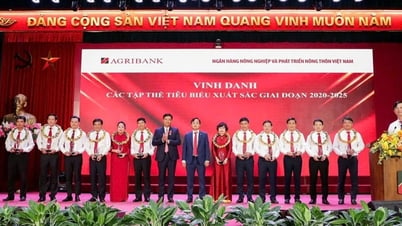


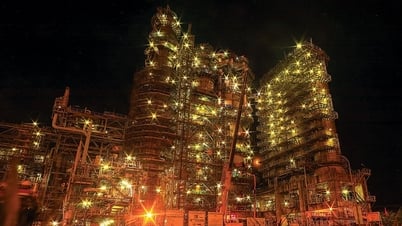


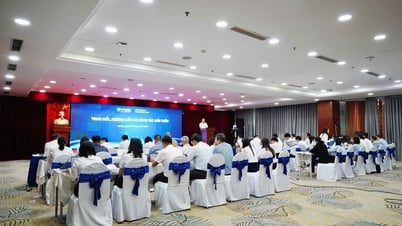
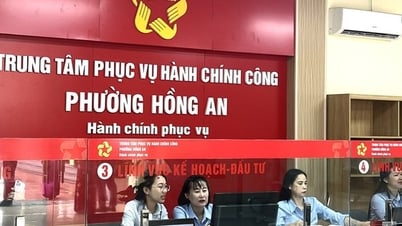

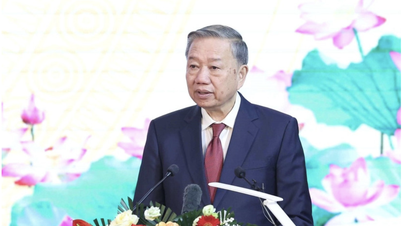

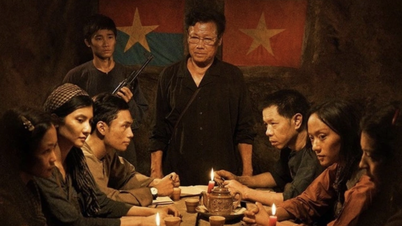
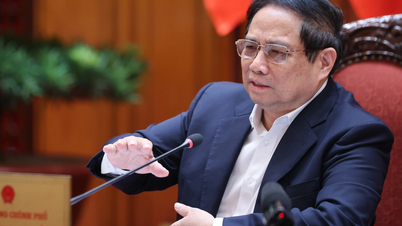
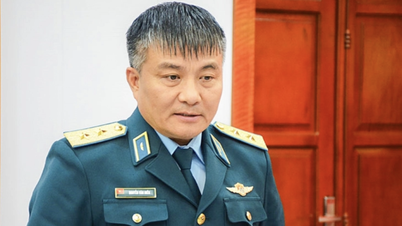
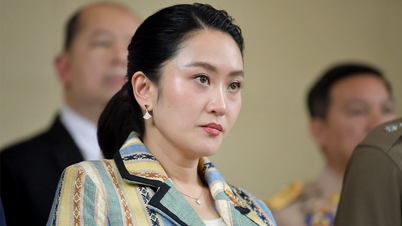


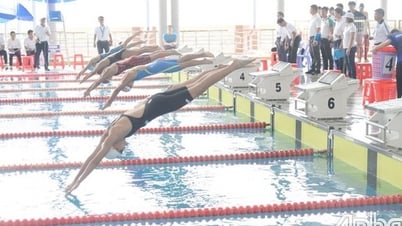
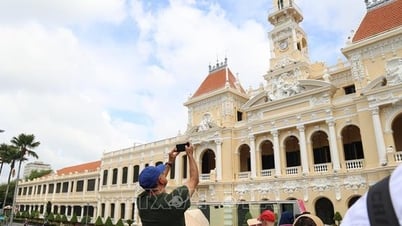
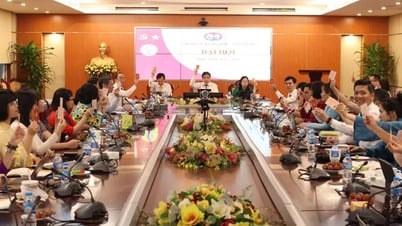

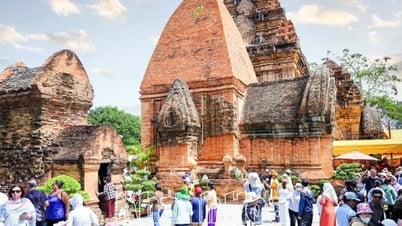

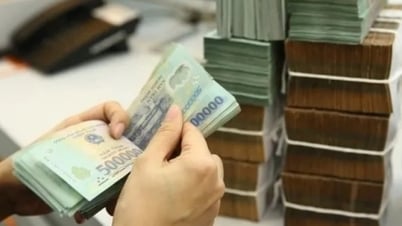



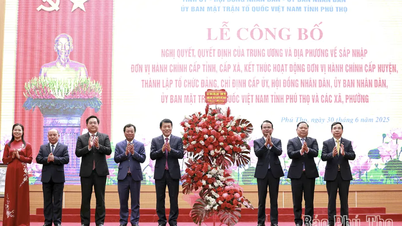
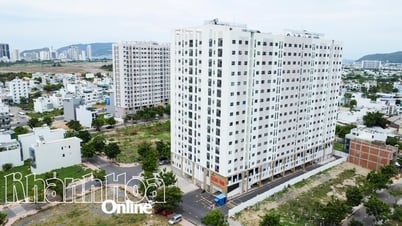

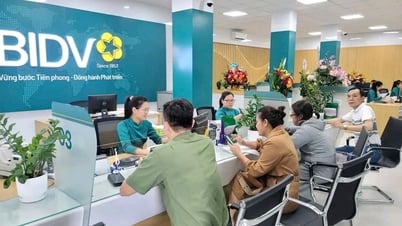

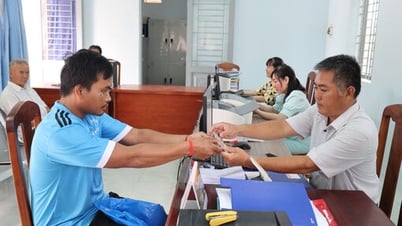






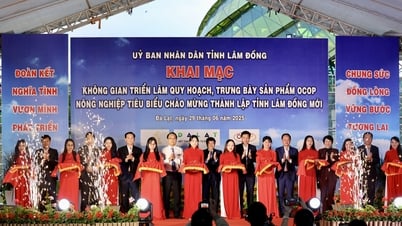




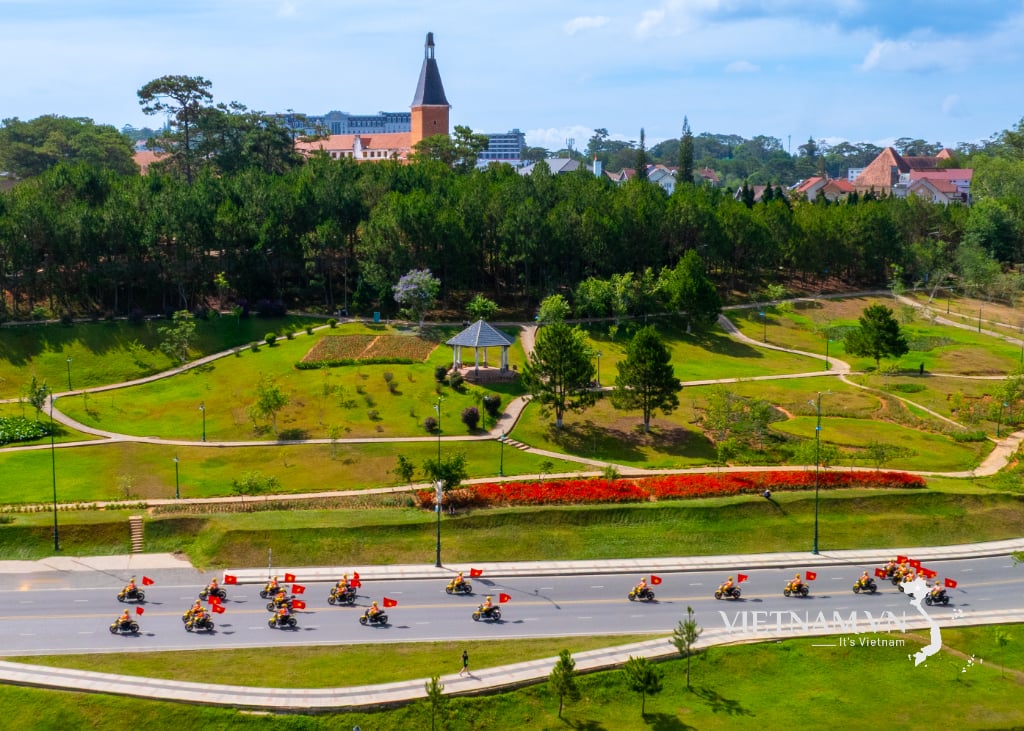
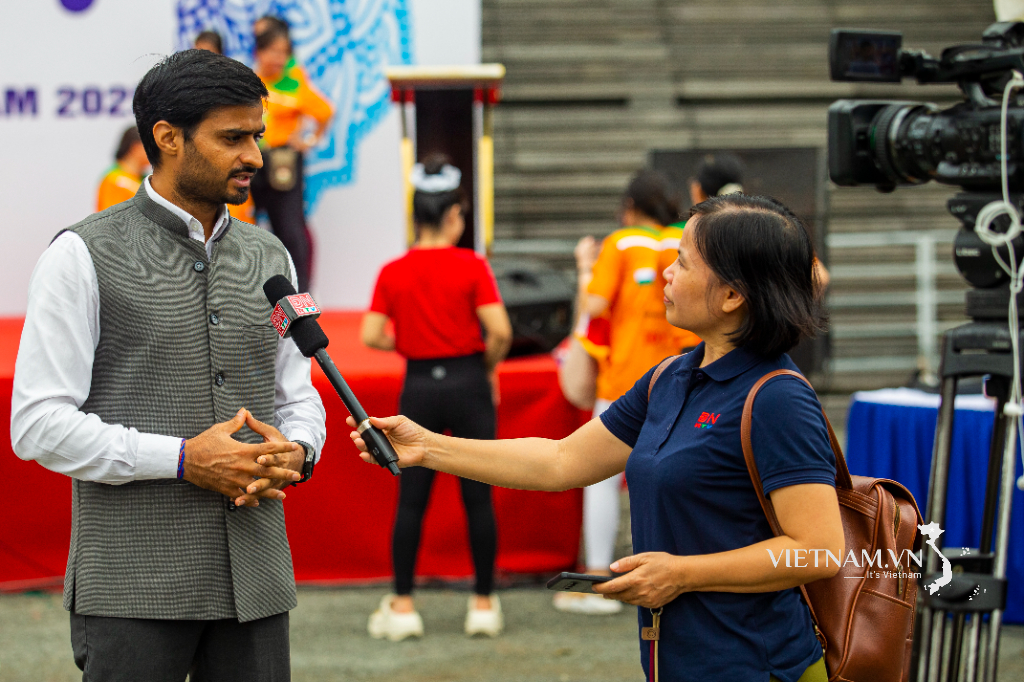
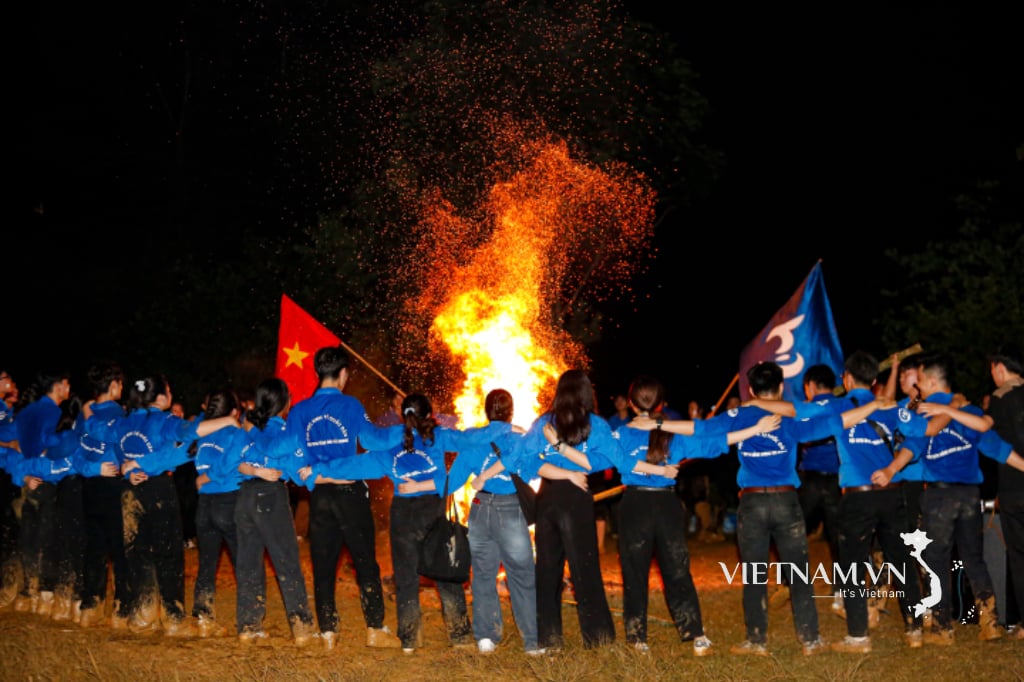
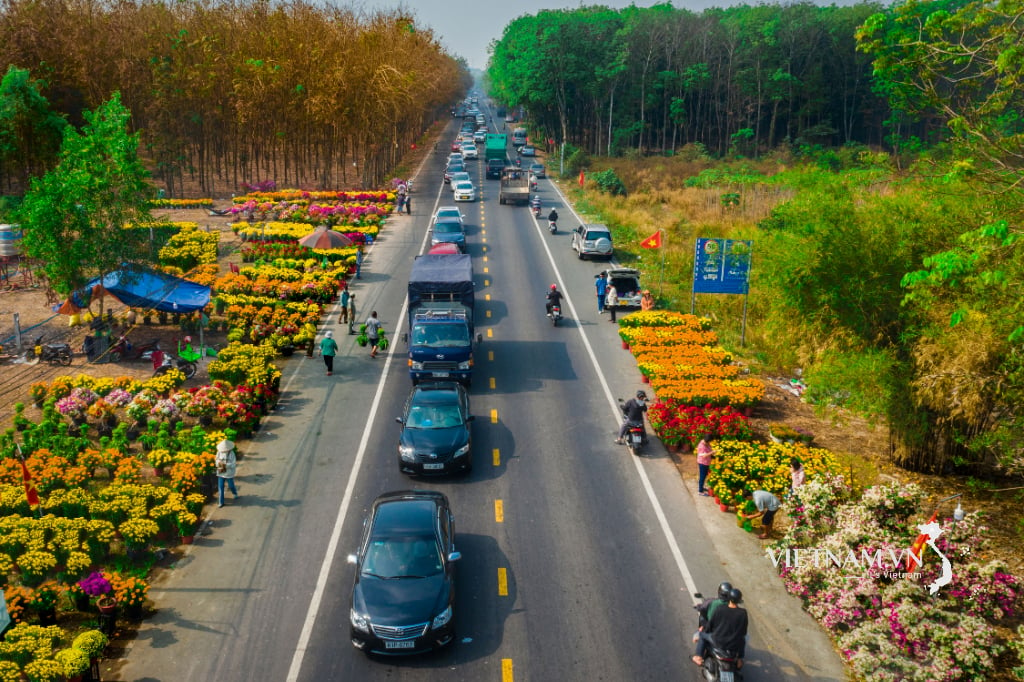
Comment (0)